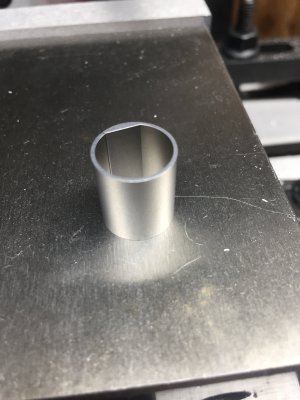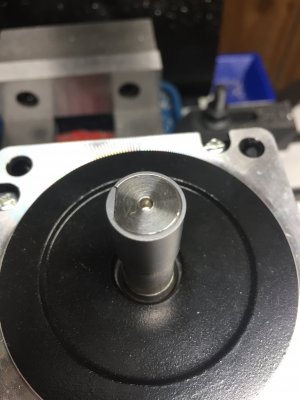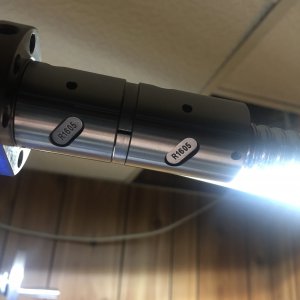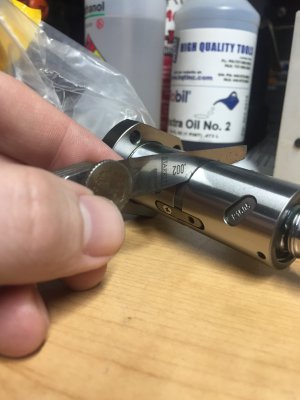- Joined
- Feb 27, 2020
- Messages
- 36
Yes, I have looked into the Oak because it is a true closed loop system. It can support more than 4 axis. Also the Acorn only supports one encoder input. Regardless of what controller I upgrade to, I am definitely going to be upgrading motors in the future.AFAIK, the centroid Oak and Acorn require use of their CNC12 software and are not compatible with Mach 4.
The Oak serves a different customer base than the Acorn. Make sure you need the features it has rather than getting it because it is a "better" board. The Oak is meant for you to use their drives with AC or DC servos. It is not appropriate for steppers, Clearpath servos, or servos with standalone drives.
I used the G540 because I already had it and was going to upgrade to mach4 to reuse it on a plasma table build. I am going to use the centroid on a lathe conversion so I might as well get familiar with their CNC12 software.
I have plans to lease some industrial space once the current occupant retires in the next couple years. Then I will be able to purchase larger machines. I bought the pm-728vt because it was easy to move into the basement. I want to learn more than just stepper motors and have a better understanding of a more industrial type controller and setup. Yes the Oak would be overkill for the 728 but it would be a learning experience for me.
I’m thankful for communities in forums like this and others. Without them I probably wouldn’t attempt to take on projects.
Thanks for the advice and input from everyone
Last edited:





